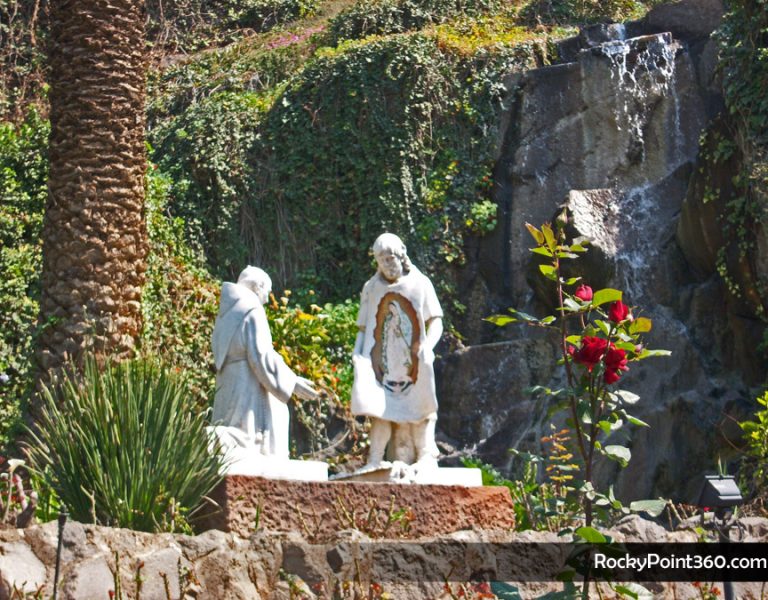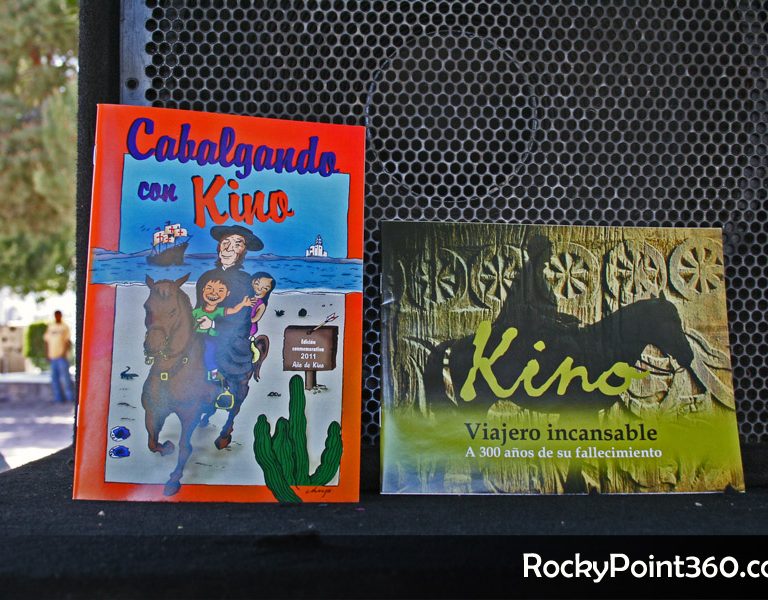By MoKa Hammeken (2011) On December 12th, the day of the Virgen de Guadalupe, also known as our Señora of Guadalupe, is celebrated across Mexico. She is the Mexican representation of the Virgin Mary and whose sanctuary may be found in the Basilica of Guadalupe in the northern part of Mexico City. According to legend, la Virgen de Guadalupe appeared four times on the hill of Tepeyac to Juan Diego Cuauhtlatoatzin, an indigenous man from the area. On the fourth appearance, la Virgen ordered Juan Diego to go before the first Bishop of Mexico, Juan de Zumárraga, and to take him some flowers. Wrapped in his ayate (traditional indigenous natural cloth woven from fibers of the maguey plant), Juan Diego took roses, as indicated to him by the apparition, that are not native to Mexico (Castillian roses) and that could not survive in the arid lands of the area. When he reached his destination, Juan Diego opened up his cloak before the Bishop and as the roses fell they revealed the image of
the Virgin Mary, yet with dark skin and indigenous traits. These appearances are dated as having taken place in 1531, the last of them on December 12 according to canonical record of the appearances of Tepeyac (though other writers contend the origin was from the 17th century). Yet before continuing to speak of Her, we should learn about why the name “Guadalupe.” The origin of the name Guadalupe has always been an area of controversy, and many possible explanations have been given. Nevertheless, in this case, we present the clearest theory which is that the name is a result of the translation from Nahuatl to Spanish of the words used by the Virgen during an appearance to Juan Bernardino, the sick uncle of Juan Diego. It is believed that Nuestra Señora used the Nahuatl term coatlaxopeuh, which is pronounced quatlasupe and sounds very similar to the Spanish word Guadalupe. “Coa” means snake, “tla” is…






